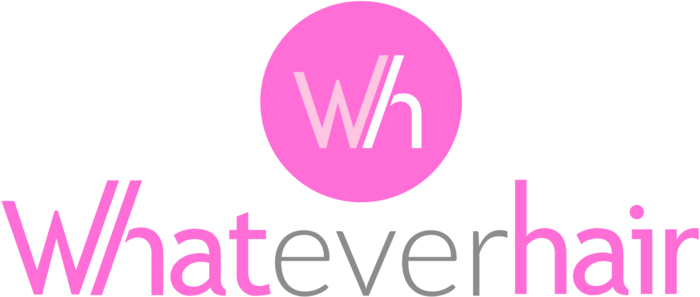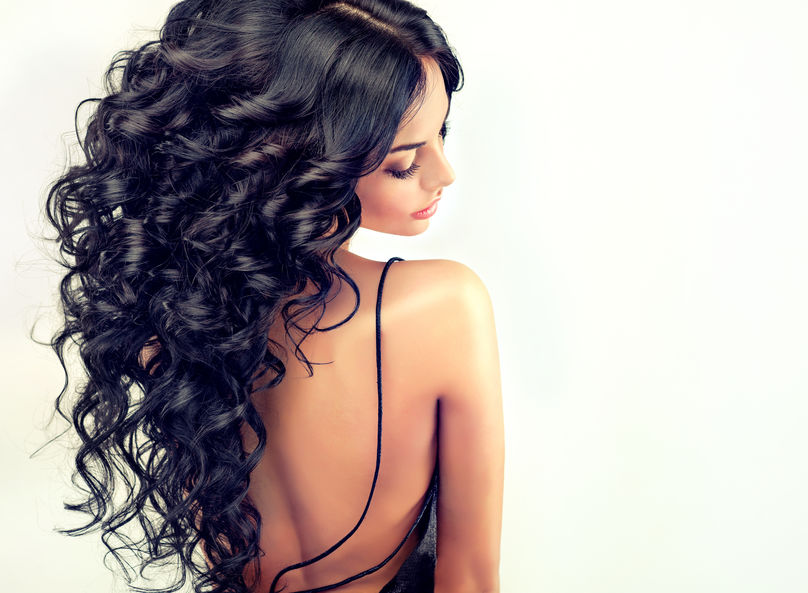Hair Extensions
Hair Extensions: 5 Questions to Get Started
Table of Contents
Wearing hair extensions is a popular technique for anyone who want to make their own hair look longer, fuller or thicker. There are many different types of hair available that suit various needs and budgets; it just comes down to finding the right type of extension for your specific situation.
In this blog post, we will discuss different types and applications of hair extensions to help you figure out what type of extension best suits your needs!
Do You Want Real or Synthetic Hair Extensions?
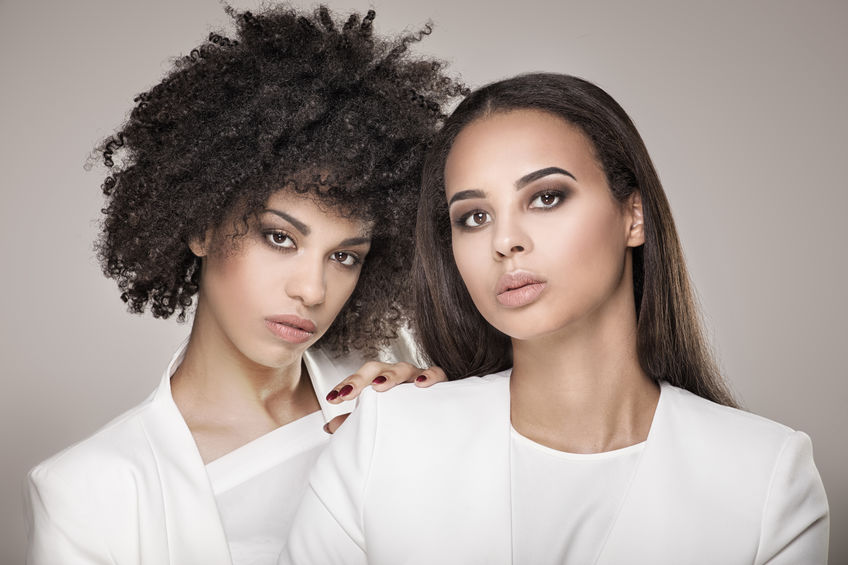
The first decision to make when looking for a hair extension is what you would like your extensions to be made of. Your basic choices are whether to use real hair or synthetic and depending on your specific situation, there are valid reasons for choosing either one.
Synthetic Hair Extensions
Synthetic hair extensions are made of materials like polyester, keratin, nylon or silk fibers. They can be colored and heat-treated to imitate real hair. Synthetic extensions are often more affordable than human hair because they’re not as expensive to produce or buy in bulk (since it’s made from manmade materials).
One of the benefits to synthetic hair is that it’s less expensive and comes in a variety of colors. This may be a good option if you’re on a budget and want to change your look without spending money on more expensive, real hair.
One thing to keep in mind when weighing cost is that synthetic hair isn’t as durable as human hair and will require more maintenance. The typical lifespan of synthetic hair is between three to six months, while human hair can last up to a year or more.
Ultimately, the lifespan of synthetic hair depends on how you care for it and what styling products are used in your daily routine. The most important thing is to stick to heat-free styling methods. The materials used in synthetic hair cannot stand up to the heat from tools like hair straighteners and curlers.
Human Hair Extensions
As the name states, human hair extensions is actual hair collected from humans. The hair is collected, sewn into wefts and come in various lengths and configurations.
Human hair extensions are more natural looking and can be dyed, cut and styled like your natural hair. Human hair extensions are more expensive than synthetic hair due to the hair’s initial cost and the time, effort and skill needed to install them.
Because of their natural look and style-ability, human hair is the preferred extension of celebrities such as Beyonce, Kylie Jenner and the Real Houswives.
Is Virgin Hair Right for You?
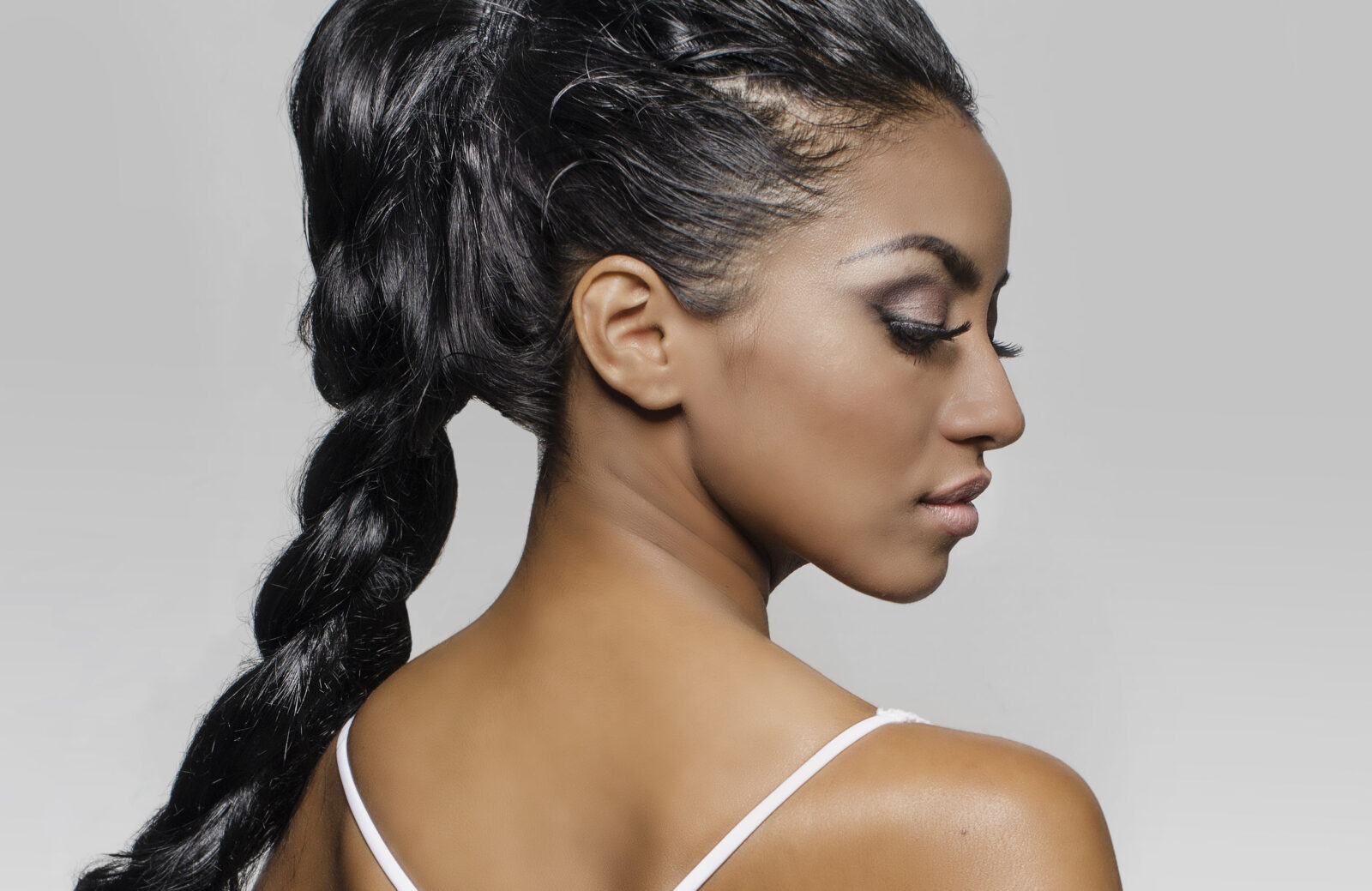
If you decide that human hair extensions are for you, you’ll have a few more decisions to make. One of the first decisions is whether you’re going to go top shelf and insist on using what’s referred to as Virgin Hair.
Virgin hair is the most coveted type of human hair. Virgin locks are not only healthier than their processed counterparts but also easier to style because they do not have any chemical treatment in them whatsoever.
The production process starts with a donor who has a long, healthy and full-bodied head full of virgin strands. This ensures an efficient supply without having too much damage to the cuticle during extraction from the scalp – a result which would compromise its quality by adding more split ends.
After careful extraction comes washing where each strand undergoes thorough cleansing involving delicate massaging before drying them off using specialized equipment designed specifically for this purpose (and definitely nothing else).
Consider virgin hair when you need the finest quality extensions and are willing to spend a little bit more to get them.
Is Remy or Yaki Hair a Better Pick for Me?
Remy hair is human hair that has been collected from a single donor, hand-plucked strand by strand with cuticles intact, then attached to one another in uniform rows.
While virgin hair has never been dyed or processed, Remy hair may be treated with chemicals to add highlights and lowlights, or the hair may be straightened.
Remy hair has the ability to maintain its natural curl pattern and is usually a softer texture.
Yaki hair, on the other hand, has been stripped of its cuticles and is made by weaving hair that has been processed to create a natural-looking wave.
Yaki hair is less expensive than Remy hair and because of the weaving process, may not always be in uniform rows.
Since Yaki hair doesn’t hold curl as well, some prefer this type for of hair purely for volume and length. Others may be put off by how processed it is.
Clip-Ins, Tape, Glue-Ins or Sew-Ins?
There are quite a few options for attaching your hair extensions. The method you choose will have a lot to doo with how and why you’re wearing your extensions.
Clip-ins are a great option for those who are looking to get hair extensions but don’t want the permanence of glue-in or sew-in methods.
Clip-ins like buns and ponytails require no heat and easily conceal these lightweight synthetic pieces which can be cut to fit your natural style
Tape extensions are a popular choice due to the low-maintenance and easy application, as well. Like clip-ins, they’re easy to apply but are not as secure as the glue or sew-in extensions.
Here the hair extensions are applied by sticking them on using double sided tape that is stuck directly onto your natural hair or wig.
The advantage of this kind of extension is how easy they are to remove without causing any damage to your real hair!
With glue in extensions, the hair is attached to individual strands of your natural hair. Glue-in extensions are a great option for those who want to wear their hair up all the time. They’re also ideal for people with thinning hair because they give you volume at your roots
Sew in hair extensions are great for those who want to wear hair extensions more often and are willing to commit.
Sew in hair extensions require a little bit of time to install but they’re secure and can last up to six months with proper care. With sew-in extensions, the stylist will braid or cornrow your natural hair and attach the hair extensions.
Sew in hair extensions are ideal for those who live a more active lifestyle or have long hair and want to wear their hair all down. Sew-in attachments can be removed at any time with no damage to your natural strands
Lace, Frontal, or 360 Closures?
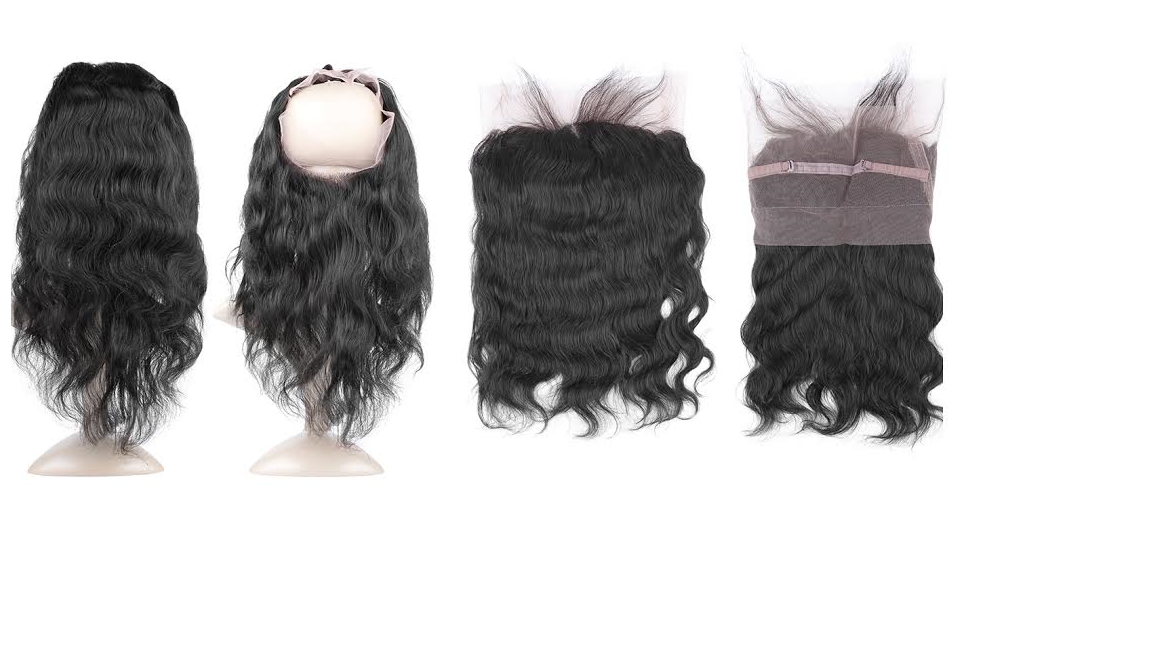
Lace Closures are a type of hair extension that resemble lace curtains, with rows of wefts sewn together to create the illusion that there are no clips or glue holding them in place.
Frontal Closures are extensions that are attached to the hairline. Frontal hair extensions can be used for any length or thickness of hair, but they’re best suited for those who want to add volume at their crown
360 Closures are a type of frontal closure with two parts. Basically it’s a lace headband with hair sewn into the back. They’re great for those who don’t want to worry about an uncomfortable hairline.
This technique conceals the attachment point and creates a seamless line. This is an ideal way for those with short or thinning hair to create volume at their crown.
You Have Options
With so many options suited to so many different hair scenarios, you should have no trouble finding the exact right combination. Start with your primary reason for wanting or needing hair extensions, then refine your decision as you go along. Explore our catalog or products to find the right hair extension for your specific needs.
